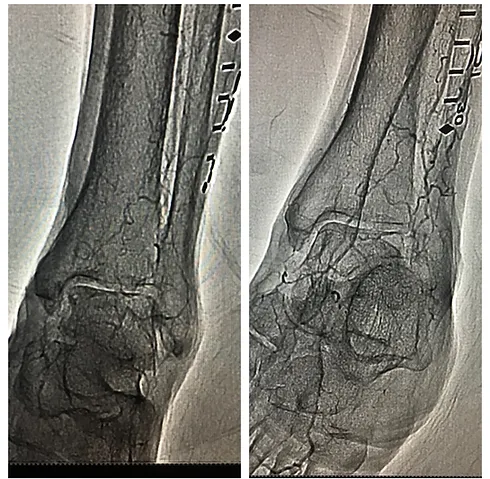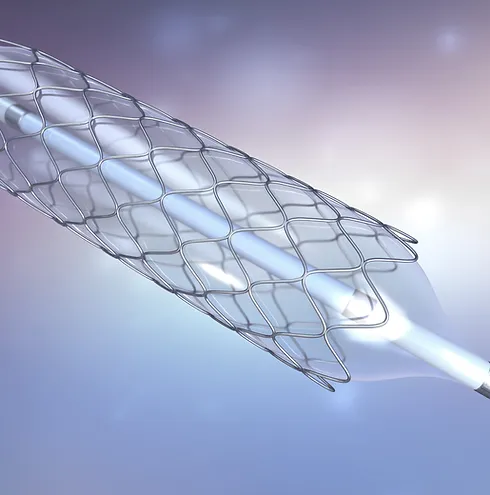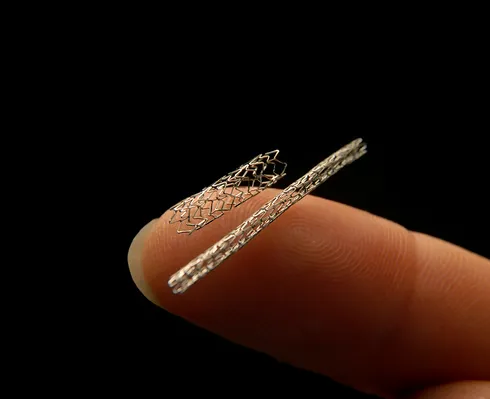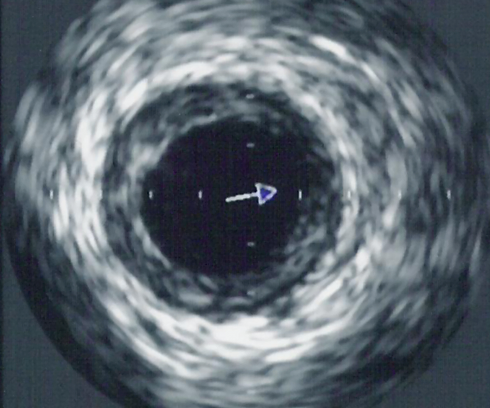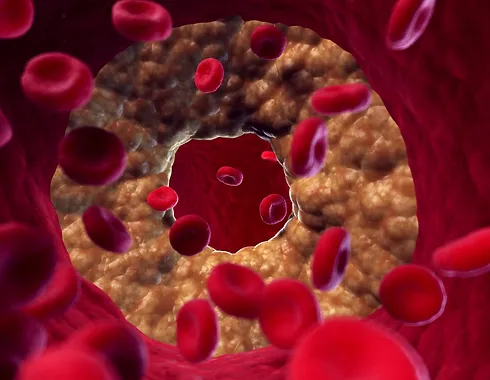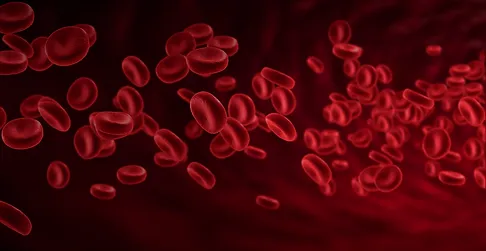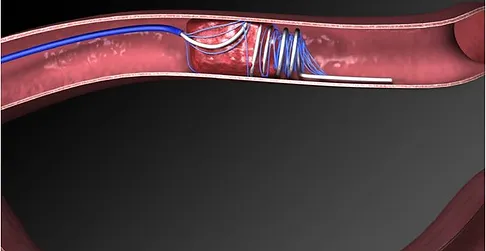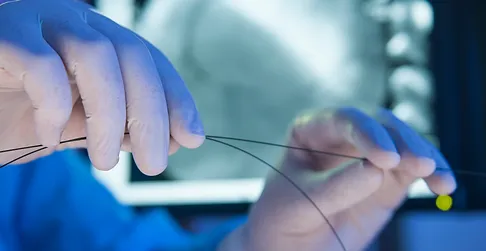Treatments
At Vascular & Vein Institute, our priority is to prevent amputation with our innovative treatments.
Therapeutic Invasive Procedures
Lower Extremity Angiogram
A lower extremity angiogram, also known as a peripheral angiogram, is a test that uses X-rays and dye to help find narrowed or blocked areas in one or more of the arteries that supply blood to your legs. Typically, a peripheral angiogram will be performed in conjunction with a lower extremity balloon angioplasty or lower extremity atherectomy.
Lower Extremity Balloon Angioplasty
A balloon angioplasty is one of the most common treatments for P.A.D. A catheter is inserted into the affected artery and is guided to the blockage via X-ray. When it reaches the blockage, a small balloon on the tip of the catheter inflates to push the plaque against the artery wall and widens the space for blood to flow. Many times weakened artery walls will require a stent to be placed.
Peripheral Extremity Stent Placement
Lower extremity stents are small wire mesh “tubes” that prop open arteries or veins. Stents are oftentimes used in conjunction with a balloon angioplasty. ​The .wire stent holds weak or damages arteries open so blood can flow through more fluidly. A stent is passed through a catheter and implanted in the peripheral artery or vein.
IVUS (Intravascular Ultrasound
Intravascular ultrasound (IVUS) is an ultrasound from inside of an artery. IVUS uses sound waves to produce an image of the coronary arteries and to see their condition. An IVUS is done on the tip of a catheter and provides a more detailed image of blockage within an artery than what is available via a standard echocardiogram.
Lower Extremity Thrombectomy
A peripheral or lower extremity thrombectomy is a procedure used to remove a blood clot from an artery. Similar to an atherectomy, the procedure uses a catheter with specialized equipment to clean out the affected artery.
Lower Extremity Atherectomy
A lower extremity atherectomy is a procedure using a wire catheter to clean out plaque from highly calcified arteries. There are four types of atherectomies performed at Mission Vascular & Vein Institute:
- Directional: A directional atherectomy utilizes SilverHawk technology with carbide disks to remove plaque build-up. The SilverHawk plaque excision system is a forward-cutting, directional atherectomy device that consists of a rotating blade inside a tubular housing with a collection area.
- Laser: A laser atherectomy uses a fiber catheter equipped with a laser tip that breaks up artery plaque by emitting high-frequency light via the laser.
- Rotational: Mission Vascular & Vein Institute utilizes Pheonix technology with an over-the-wire device with a rotating, front-cutting element located on the distal tip of the catheter that shaves material directly into the catheter where it is captured and continuously removed by an internal Archimedes screw into an external collection bag.
- Orbital: Mission Vascular & Vein Institute utilizes the Diamonback360 for orbital atherectomies. An orbital atherectomy utilizes a diamond-coated tungsten crown that orbits 360 degrees eccentrically within the vessel and uses circumferential sanding to remove plaque buildup.
Each patient with PAD presents with his or her own set of unique characteristics and challenges. Each procedure will be personally tailored to each individual patient and their condition.


